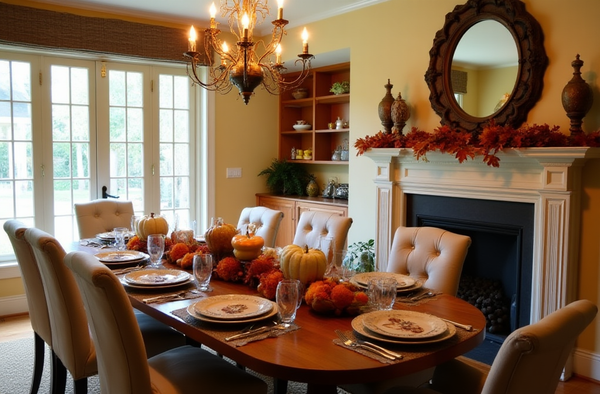Power of Colors in Interior Design
Power of Colors in Interior Design. How Colors Affect Emotions? They transform spaces, influence emotions, and enhance functionality.

Color is a powerful tool in interior design. It can transform spaces, evoke emotions, and influence perceptions. From the calming hues of a bedroom to the energizing shades of a kitchen, colors play a key role in shaping the feel and function of any room. Understanding the importance of colors in interior design helps create spaces that are not only beautiful but also functional and harmonious.
How Colors Affect Emotions
Colors have a strong impact on our feelings and behavior. Each color can evoke different emotions:

- Blue: Calming and serene, perfect for bedrooms and bathrooms. It promotes relaxation and tranquility.

- Red: Energetic and passionate, great for dining rooms and kitchens to create a lively atmosphere and stimulate appetite.

- Yellow: Bright and cheerful, ideal for areas needing a boost of energy and positivity like kitchens and playrooms.

- Green: Natural and tranquil, versatile for any room. It creates a sense of balance and harmony.

- Purple: Luxurious and creative, adding sophistication to living rooms and bedrooms. It also stimulates creativity, making it great for home offices.
Creating a Cohesive Look
Using a thoughtful color scheme ensures different rooms in your home flow together seamlessly. Some techniques include:
- Monochromatic Scheme: Different shades of one color for a unified, sophisticated look.
- Analogous Scheme: Colors next to each other on the color wheel, like blue and green, for a harmonious aesthetic.
- Complementary Scheme: Opposite colors on the color wheel, like blue and orange, for a vibrant, dynamic look.
Making Spaces Feel Larger or Cozier
Colors can change how we perceive space. Light colors make rooms feel larger and more open, while dark colors create a cozy, intimate feel:
- Small Spaces: Use light, neutral colors like white, beige, or pastels to make small rooms appear larger.
- Large Spaces: Darker shades like deep blues, rich browns, and dark greens can make large rooms feel warm and inviting.
Highlighting Features
Colors can draw attention to architectural features. Painting a feature wall in a bold color can highlight a fireplace, artwork, or shelving unit, adding depth and interest to a room.
Reflecting Personal Style
Your color choices reflect your personal style. Whether you like bold and vibrant or calm and subdued colors, selecting those that resonate with you creates a space that feels authentic and comfortable.
Practical Tips
Practical considerations should also guide your color choices. Think about the room's function, the amount of natural light it gets, and existing furnishings:
- High-Traffic Areas: Use durable, easy-to-clean paint in colors that hide scuffs and marks for places like hallways.
Conclusion
Colors are crucial in interior design. They transform spaces, influence emotions, and enhance functionality. By understanding the impact of colors, creating visual harmony, making spaces feel larger or cozier, highlighting features, and reflecting personal style, you can use color to create beautiful and functional interiors. Next time you start a design project, remember to choose your colors carefully – they are key to unlocking your space's full potential.
If you enjoyed this content and want more interior design ideas, don't forget to subscribe to our blog. Stay tuned with Spacely AI's Design Diaries for the latest insights and innovations in design. Together, let's explore, innovate, and redefine the boundaries of design.
For more information and media inquiries, please contact
Website: spacely.ai
Facebook: facebook.com/spacelyai
Instagram: instagram.com/spacely.ai
X: x.com/spacelyai
Email: hello@spacely.ai




